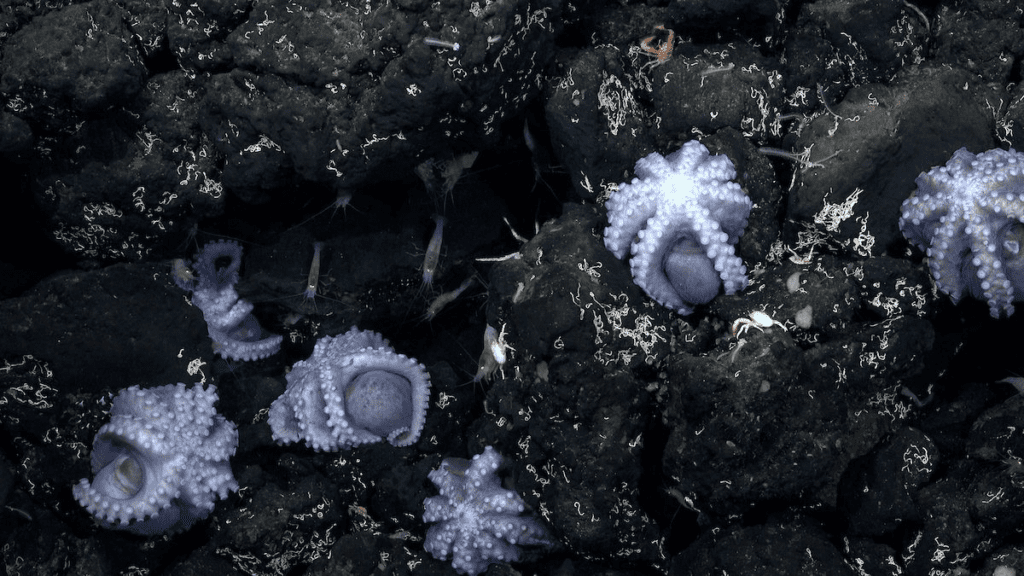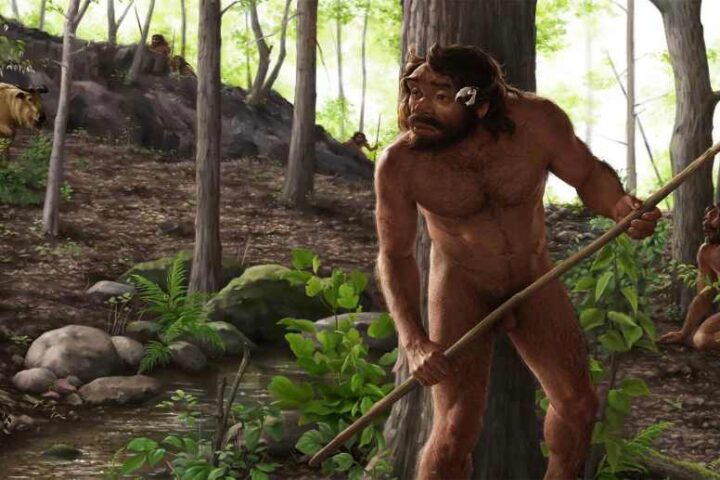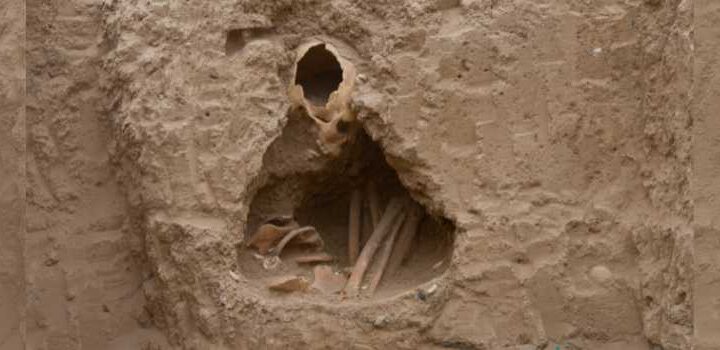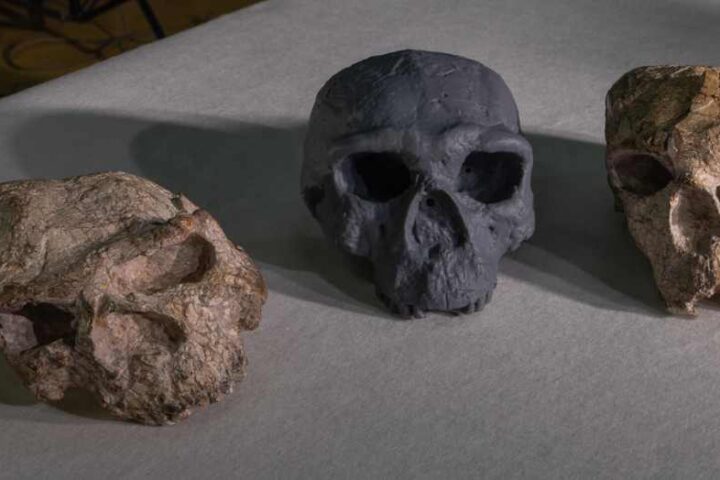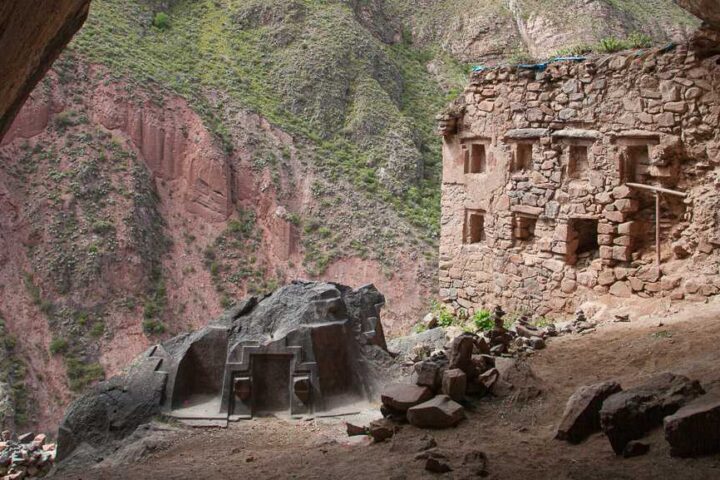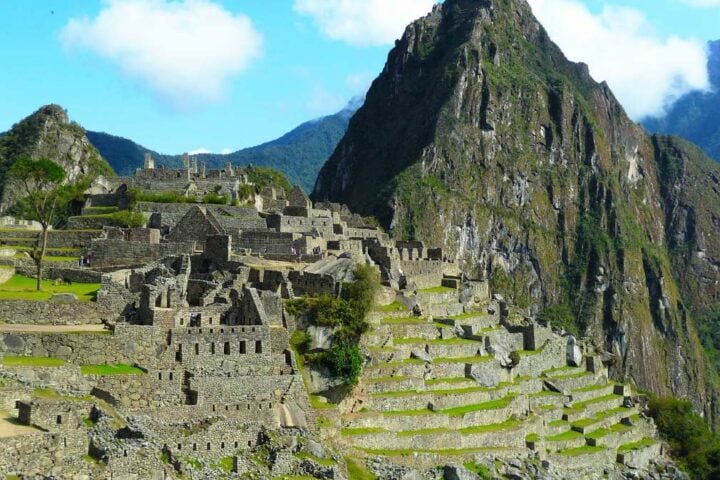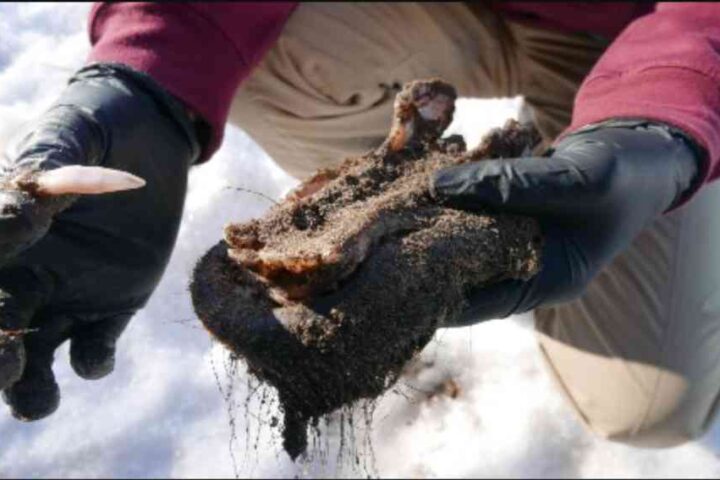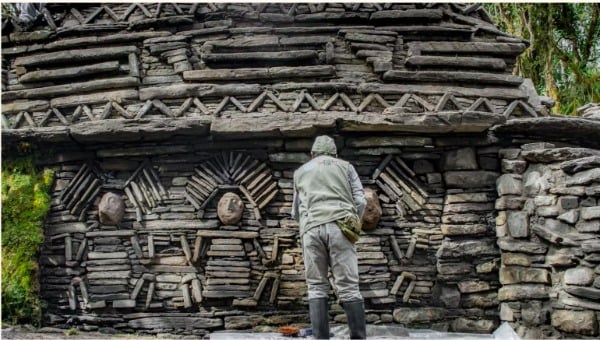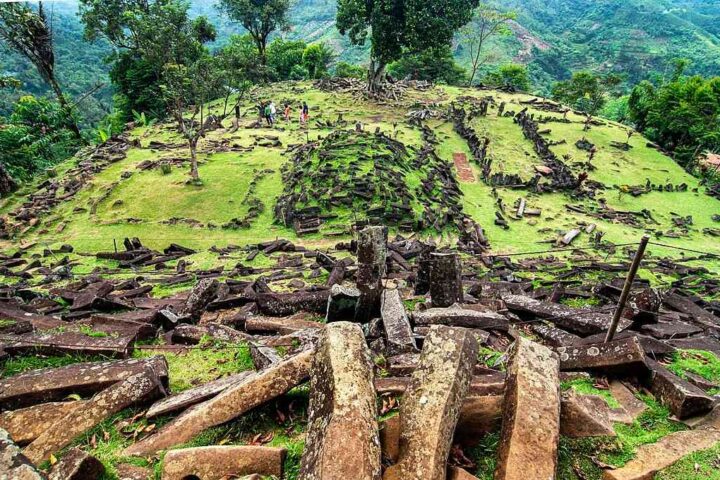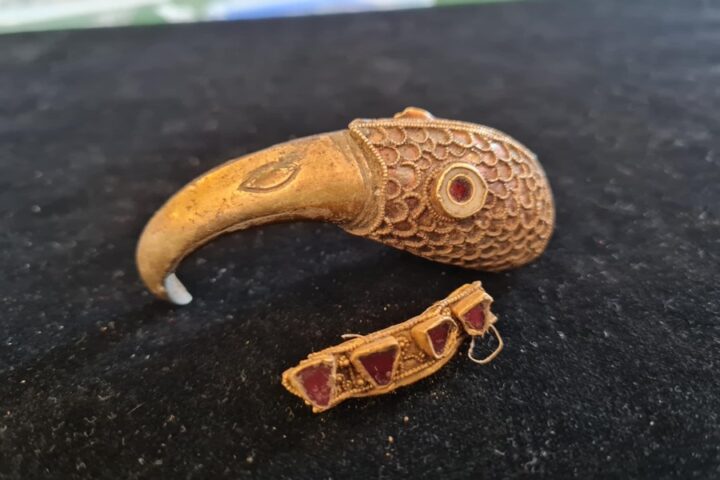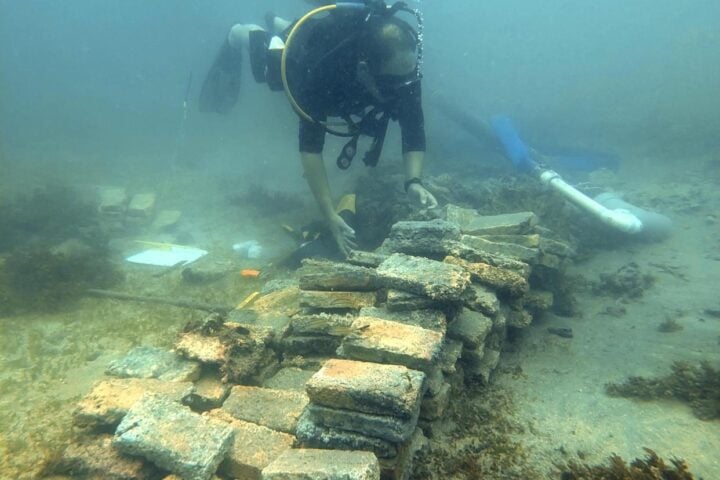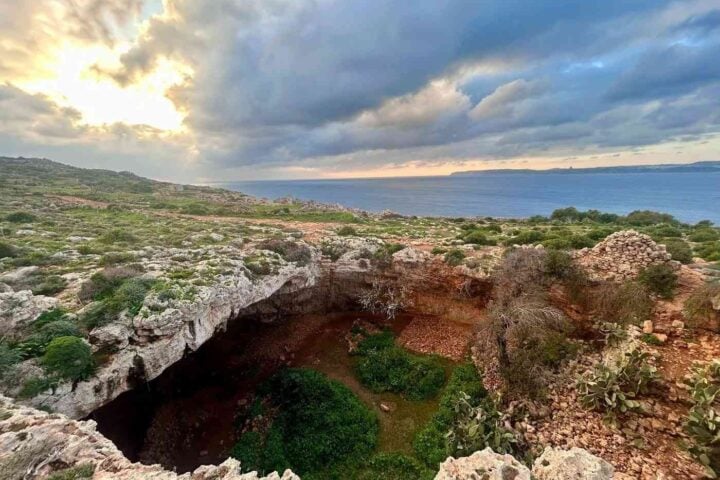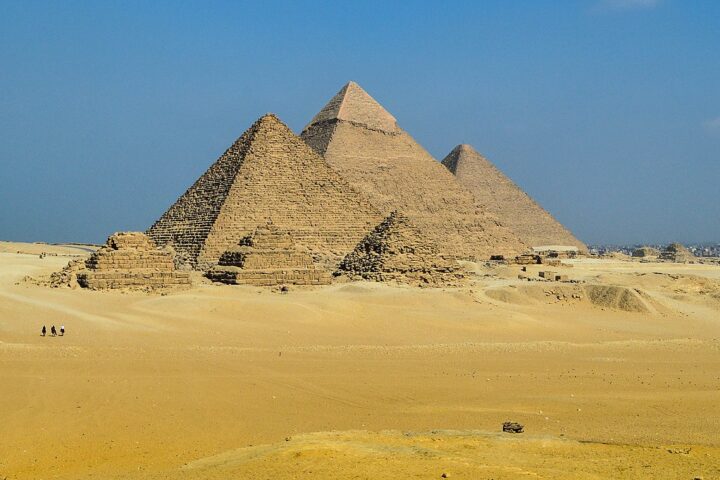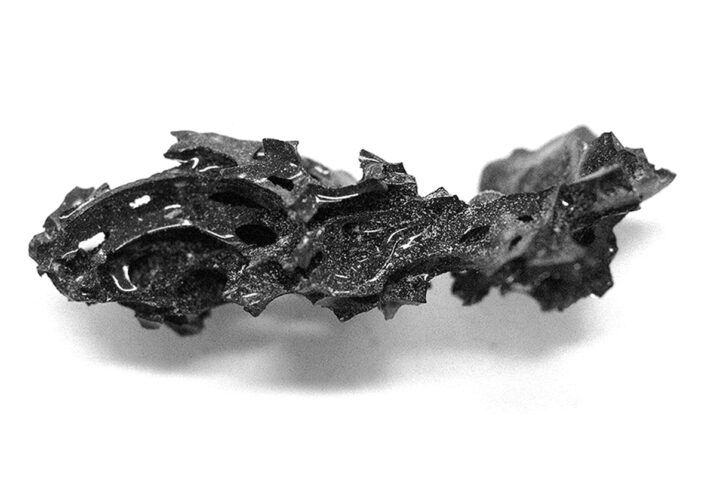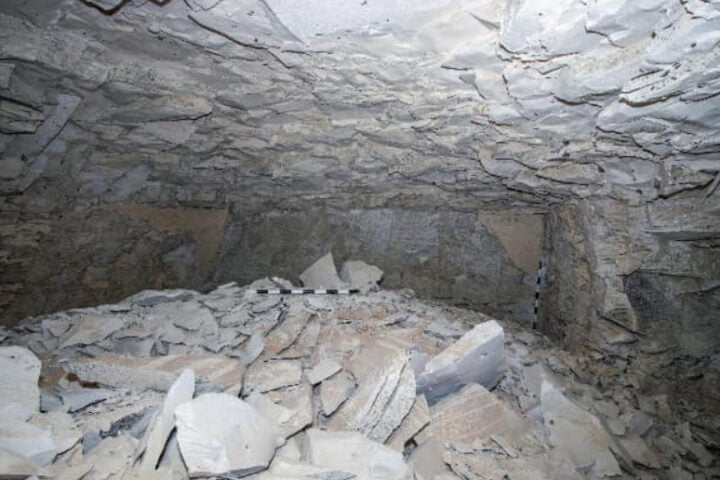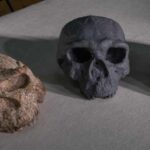In the vast expanse of southern Utah’s gray shale badlands, scientists have unearthed a remarkable discovery. The scientists have dug up a never-before-seen species of mosasaur, the oldest of its kind in North America. Dating back 94 million years, this mosasaur, named Sarabosaurus dahli, offers unique insights into the evolution and adaptation of these ancient marine reptiles.
Unearthing a Fossilized Enigma:
In 2012, during an excavation led by Dr. Barry Albright of the University of North Florida (UNF), a volunteer named Scott Richardson stumbled upon numerous skull fragments and vertebrae belonging to an early mosasaur. Over the next eleven years, the team painstakingly recovered close to 50 percent of the specimen, leading to the identification of a previously unknown species—Sarabosaurus dahli.
Unlocking Evolutionary Secrets:
Sarabosaurus dahli sheds light on longstanding questions regarding the relationship between early-branching mosasaurid species. Furthermore, the fossil provides new insights into the evolution of cranial blood supply within this group of marine reptiles. Unlike its primitive counterparts, S. dahli possessed a unique blood circulation pattern in its brain, setting it apart from earlier forms of mosasaurs.
A Window into Ancient Marine Life:
Mosasaurs were formidable marine predators that thrived during the Cretaceous period, alongside dinosaurs. While many mosasaurs grew to colossal sizes, S. dahli was estimated to be around 10 feet (3 meters) in length, reflecting its early evolutionary stage. Similar to its land-dwelling ancestor, the Komodo Dragon, S. dahli exhibited streamlined bodies, paddle-like fins, and tails, adapting to an aquatic lifestyle.
A Significance Beyond Age:
The discovery of S. dahli carries immense scientific importance due to its age and the comprehensive data it provides. Fossils of mosasaurs older than 90 million years are exceptionally rare, making this find a remarkable contribution to paleontological knowledge. The well-preserved remains and the detailed anatomical analysis allowed researchers to establish S. dahli as a distinct species.
Honoring a Mirage of the Past:
In recognition of their dedicated volunteer, Steve Dahl, the researchers named the new mosasaur species Sarabosaurus dahli. The name pays homage not only to Dahl but also to the mirages often witnessed amidst the scorching summer heat of the Tropic Shale badlands, where the fossil was found.
Implications for Mosasaur Evolution:
Sarabosaurus dahli offers crucial insights into the timing of major divisions (subfamilies) within the mosasaur lineage. The discovery suggests that these divisions occurred much earlier than previously assumed, reshaping our understanding of mosasaur evolution and diversification. The unique characteristics of S. dahli’s cranial blood supply may have played a role in its enhanced adaptation to the marine environment, potentially aiding in deep or prolonged dives.
Similar Post
Conclusion:
The unearthing of Sarabosaurus dahli in southern Utah marks a significant milestone in paleontological research. This previously unknown species of mosasaur provides invaluable information about the early stages of mosasaur evolution, their adaptations to an aquatic life, and the intricate nature of their cranial blood supply. The discovery showcases the dedication of researchers and volunteers in unraveling the secrets of our planet’s prehistoric past.


